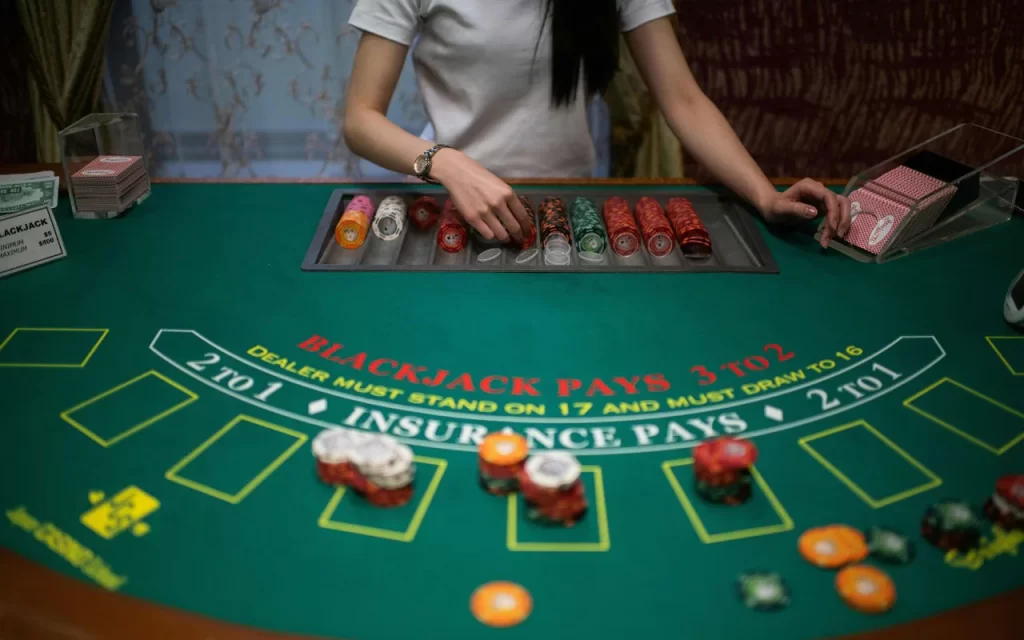Blackjack remains one of the most popular and mathematically favorable games in a casino, especially when played using optimal strategy.
Understanding the odds of winning with perfect play is crucial for gamblers looking to minimize the house edge and maximize their returns.
When executed flawlessly, the odds can shift surprisingly close to a fair game.
Basic Odds with Standard Rules
In a traditional single-deck blackjack game with standard Las Vegas rules, the house edge stands at roughly 0.5% when the player uses perfect basic strategy.
This means that over the long run, a player can expect to lose only 50 cents for every $100 wagered.
That house edge can increase or decrease based on table rules.
For example, games that pay 3:2 on blackjack, allow doubling after splitting, and have dealer stand on soft 17 are more favorable to the player.
Conversely, games that pay 6:5 on blackjack or where the dealer hits on soft 17 will increase the house edge significantly—sometimes to 1.5% or more.
Odds of Winning a Single Hand
Using perfect basic strategy, a player has about a 42–44% chance of winning any given hand.
Around 8% of hands end in a tie (or “push”), and the house wins roughly 48–49% of hands.
While this doesn’t sound like a big advantage for the house, the edge accumulates over time and is precisely what makes blackjack a sustainable source of revenue for casinos.
The probabilities can shift slightly based on how many decks are used.
Single-deck blackjack games generally offer better odds than multi-deck games, but they are increasingly rare and often come with less favorable side rules.
Probability of Getting a Natural Blackjack
A “natural blackjack”—an Ace and a 10-value card on the initial deal—has about a 4.8% chance of occurring per hand.
When this happens, the player is usually paid 3:2, which is one of the most favorable payouts in any casino game.
This also boosts the overall expected return, especially when playing over long sessions.
However, some casinos now offer only 6:5 payouts on blackjack, reducing the return significantly and increasing the house edge.
With this lower payout, the house edge can rise by more than 1.3%, making it one of the worst alterations for a skilled player.
Impact of Card Counting
While not part of “basic strategy,” card counting introduces an advanced way to tilt the odds further in the player’s favor.
Skilled counters can identify when the deck is rich in 10s and Aces, increasing the likelihood of a natural blackjack and giving the player up to a 1–2% advantage over the house.
Card counting is not illegal but is heavily discouraged in casinos and can result in being banned from the table.
Most players, even those playing perfectly, do not count cards.
Still, it’s an important reason why casinos often use multiple decks and automatic shufflers to reduce the efficacy of such techniques.
Expected Return Over Time
Assuming perfect basic strategy and standard rules, the expected return is 99.5%.
In practice, this means a skilled player could play for hours and lose very little, or even come out ahead in the short run.
However, human error, fatigue, and rule variations can erode this edge.
This is why many casinos are content to offer blackjack tables—they know the average player will not stick to perfect strategy, giving the house a reliable edge.
Conclusion: Skill Can Narrow the Gap
Blackjack offers one of the most level playing fields in the casino, but only when the game is approached with mathematical precision.
With perfect play, the house edge is one of the lowest in gambling—often under 1%.
But even a few strategic mistakes per hour can shift the edge dramatically in favor of the house.
For those willing to study the rules, memorize the charts, and avoid emotional decisions, blackjack remains a rare game where skill can truly make a difference.
